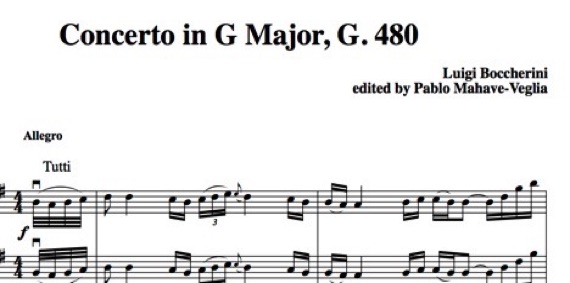SUSPENDISSE MAURIS FUSCE ACCUMSAN MOLLIS EROS
Born in Luca, Luigi Boccherini was considered the leading cello virtuoso of the day. After successful trips to Vienna and Paris, in 1769 Boccherini settled in Madrid where he found permanent employment at the Spanish Court as chamber composer of infante Luis. Much of his work during this time is chamber music, notably no less than 125 String Quintets (string quartet plus another cello), the extra cello part ostensibly written with the amateur Luis in mind. Upon Luis' death in 1785, Boccherini became the appointed court composer of Friederich Wilhelm II of Prussia, despite his remaining in Spain. Having inherited the throne from his uncle Frederic “The Great” (himself a renowned amateur flutist and composer who had transformed Potsdam into a center for the musical arts) the cello-playing Friederich Wilhelm followed on those footsteps and commissioned important works by Boccherini, Mozart, Haydn, the brothers Jean Luis and Pierre Duport and the young Beethoven. Despite being at the helm of this classical and cello-centric community, Boccherini wrote in a Galant style that emphasized style over form and individual idiosyncrasies over classical proportions (in that spirit is that I have added my own cadenzas). His prolific output notwithstanding, for many years Boccherini was chiefly remembered for a work he did not write. Late in the 19th century the German virtuoso Friedrich Grützmacher (most recognized for being the dedicatee of Richard Strauss' Don Quixote) put together a Concerto in B-flat Major, which thereinafter became known as the Boccherini Concerto. Grützmacher's is in fact a Frankenstein-like composite of the outer movements of Boccherini's own Concerto in B-flat Major G. 482 with the beautiful and lyrical middle movement (in G Major!) of the Concerto G. 480.
My own edition of this piece can be found by searching the IMSLP website, or directly by clicking here for score or parts.
-pmv
